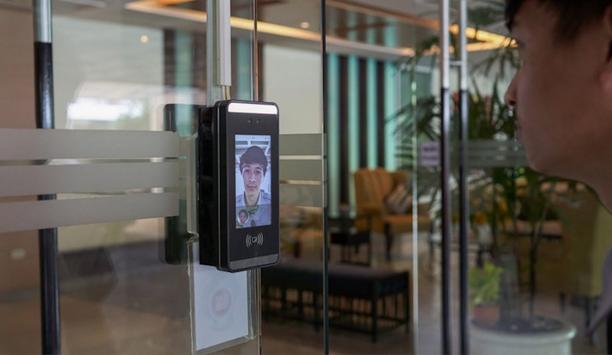 |
| Network-enabled "intelligent" security components increasingly have better computational and memory capacity |
The use of Internet Protocol (IP), or networking, is commonly associated with convergence. In this article, Markus Lahtinen of Lund University's LUSAX project, contends that the shift to network-enabled "intelligent" security components which increasingly have better computational and memory capacity has a significant impact on the present and future dynamics of the security industry, whether it be in the realms of digital video surveillance or electronic access control.
Network security products are increasingly characterised by decentralised processing
The aforementioned shift is clearly visible when we compare a digital network camera with an analogue surveillance camera. Apart from the fact that a digital network camera may be connected to existing Internet cabling for transmission and power supply, the network camera in itself is also a computer with a central processing unit, functioning as an IP-addressable web server. The typical analogue setup was to allow for computational processing at the recording unit, meaning the Digital Video Recorder (DVR). However, the computational capacity has spread to the camera-unit with digital network cameras enabling real-time processing of image (video) data. As a result of this shift, end users clearly benefit with significantly better image quality provided by the digital network cameras.
From a security end-user's point of view, the change is often behind the curtain, as there is little in terms of increased overall security effectiveness. Yet, the impact of the shift is significant from an industry perspective.
Not only are security cameras becoming computerised, but computerisation is also taking place in the electronic access control market |
Secondly, firms previously offering internet network services have potentially been able to leverage their network skills by entering into the market space of offering surveillance systems. From the research my colleagues and I have made within the framework of the LUSAX project, it is clear that there are instances where pure-play network companies have been bidding for the same contracts as the firms offering traditional analogue surveillance systems. We have no clear evidence as to the size and scope of this competition.
However, it cannot be ruled out that the increased competition and the fierce debate on analogue versus digital cameras have positively spilled over to the end user-side of the market, enabling for a mutually beneficial expansion of the video surveillance market. This could be referred to as the "first wave" of convergence, mainly characterised by a change towards the Internet as transmission medium for security applications.
Computerisation of security products on the rise
 |
| By virtue of the decentralisation process, the computational capacity spreads to the camera-unit |
Harnessing the power of computational and memory capacity
To summarise, the "second wave" of convergence is the key success recipe for the security business of the future. This entails creating end user value by harnessing, coordinating, and building entry-barriers around the computational and memory capacity located in network-enabled security.
 | Markus Lahtinen LUSAX project Lund University |


















